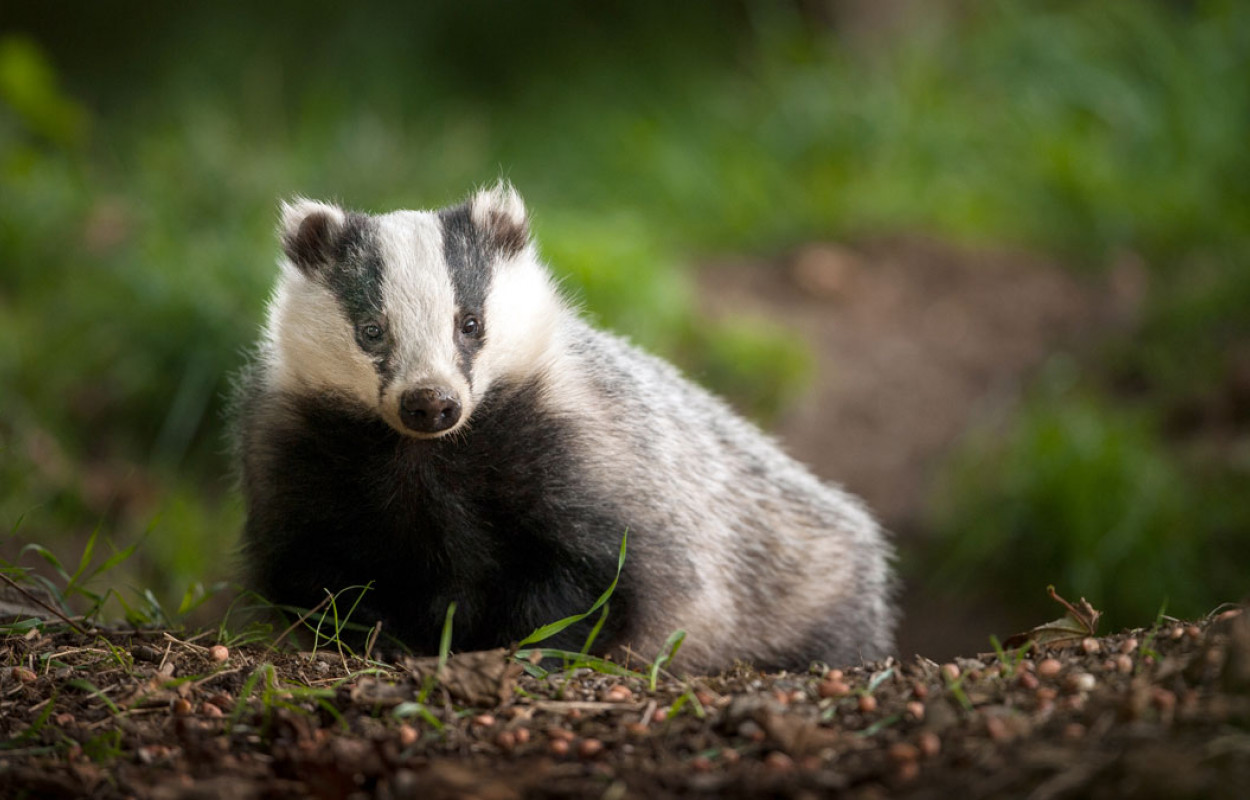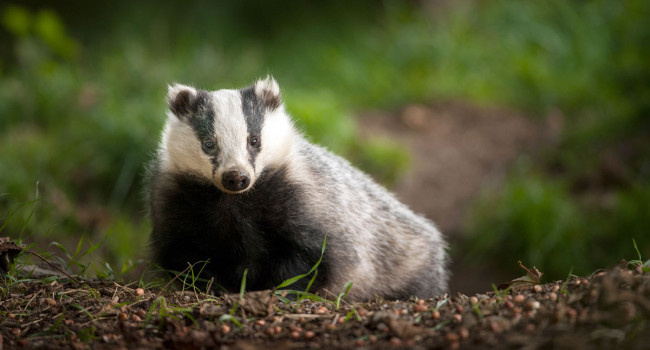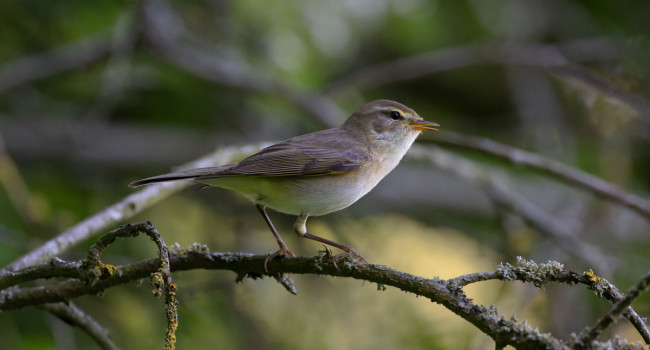Breeding bird population trends during 2013–2019 inside and outside of European Badger control areas in England

Author(s): Ward, C.V., Heydon, M., Lakin, I., Sullivan, A.J. & Siriwardena, G.M.
Published: August 2022
Journal: Journal of Zoology
Digital Identifier No. (DOI): 10.1111/jzo.13010
Abstract
Since 2013, the Department for Environment, Food and Rural Affairs (Defra) has licensed culling of Badger populations in several English regions. This programme is part of a government policy response to Bovine Tuberculosis, a disease that has major implications for the British cattle farming industry. Between 2013 and 2019, over 100,000 Badgers were culled.
It is important to evaluate the ecological impact of severely depressing the population of a widespread predator within large areas of the country. Badgers have a varied diet that includes earthworms, slugs, fruits, small mammals and birds, the latter mostly comprising eggs or chicks in nests located on or close to the ground. Levels of predation on the nests of birds could be directly affected by the removal of Badgers, or indirectly affected by population responses of other predators following their release from competition with Badgers. In turn, it is then possible (but by no means certain) that Badger removal will affect bird population trends.
By examining population growth rates of both ground-nesting and non-ground-nesting breeding birds, inside and outside of cull areas, this study set out to assess possible effects of Badger removal on bird populations. The study extends the work of Kettel et al. (2021), using data from two additional culling years, further regions under culling treatment and a measure of local cull intensity, all of which should increase the power of the study to identify possible effects.
The new study was able to set a minimum sample size that is double that used previously, which increases the robustness of the approach. This study provides an important further assessment of a high-profile policy initiative, using the best data that are available. As before, the study design was limited by the geographical pattern in which culling has been introduced (i.e. it has been done in some areas but not in others nearby, which would facilitate clear comparisons), but it is important to explore the available, relevant data as far as possible, to glean the best evidence available. It is not intended to provide a definitive evaluation of the effects of badger removal.
Using data from the BTO/JNCC/RSPB Breeding Bird Survey, the authors examined the population growth rates of both ground-nesting and non-ground-nesting breeding birds over the period 2013–2019, and following five years of baseline data preceding commencement of culling (2008—2012). This enabled them to measure the effects of Badger removal on population change in the studied bird species, as far as the data allowed. Direct or indirect effects of Badger removal would be expected to be greatest on ground-nesting birds.
The study found little evidence to indicate consistent, community-level effects of Badger removal on the populations of ground-nesting birds. Ground-nesting birds will be predated by Badgers as well as by other predators, and populations of these other predators may themselves be influenced by Badger numbers. If the studied bird populations are regulated by predation, then it is likely to be by a complex suite of predators. However, it is also quite likely that predation plays no such role, and that factors such as food availability or land management are more important. All this means that changing the abundance of one predator may well have no overall effect on prey numbers in many contexts, and that the effects of removing a predator through culling will be difficult to explore definitively.
In analyses like this, the lack of an experimental study structure and of available information for other important variables (such as the density of Badgers pre-culling and Badger dispersal patterns) makes interpretation difficult. There are several reasons why effects of Badger removal might not have been found here, including limitations with the study design and a genuine lack of any real impact on bird populations. However, it is clear that there have not been strong, clear effects on species that should be more vulnerable.
Despite the limitations of the analysis, this study very clearly demonstrates the value of the Breeding Bird Survey dataset in observing long-term population trends, and one way in which it can be used in helping to monitor possible effects of large-scale policy measures on breeding birds.
Notes
We are grateful to Esther Kettel for her input to method development. This study was funded by Natural England, whose spatial data and analysis team we thank for their help on this project. Three anonymous reviewers helped to improve the manuscript. The BBS relies on thousands of volunteer surveyors and regional organizers, and we are indebted to them for making this study possible. The BBS is funded by a partnership of BTO, the Joint Nature Conservation Committee (JNCC) and the Royal Society for the Protection of Birds (RSPB).








Share this page